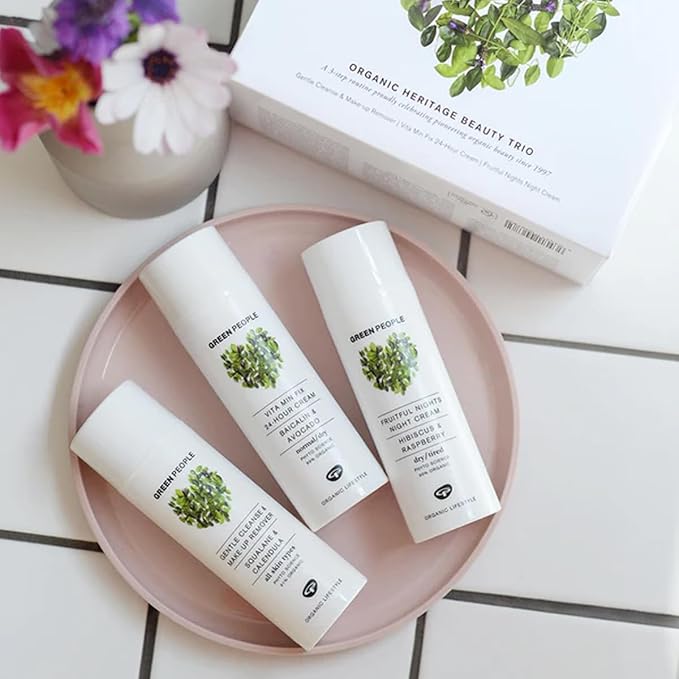Keeping your floors clean doesn’t have to come at the planet’s expense. With the right eco-friendly tools and techniques, you can maintain spotless floors across every surface-whether hardwood, laminate, carpet or tile-without exposing your home to harsh chemicals. From regular sweeping and vacuuming to natural DIY cleaners using ingredients like vinegar, tea tree oil and baking soda, this guide shares sustainable tips to protect your family’s health and indoor air quality. Learn how to deep clean mindfully, treat each flooring type safely, and adopt a consistent, low-tox routine that saves both time and the environment in the long run.
Fed up with the amount of waste from your periods? You’re not alone. More and more of us are switching to reusable sanitary pads that can massively reduce our impact on our planet every month.
Washable and reusable period pads are easily maintained and can last years when looked after, and another great alternative to sustainable period products.
Let customers speak for us
Blog posts
Not all log cabins are built the same-even if they look similar at first glance. If you’re investing in an eco-friendly garden cabin, quality matters. Start by checking the timber-slow-grown softwoods like Nordic spruce are dense, durable, and less prone to warping. Make sure the logs are kiln-dried and pressure-treated to resist damp and pests. Look for solid interlocking log systems and sufficient wall thickness, ideally 44mm or more for year-round use. Roofing should go beyond basic felt-choose bitumen shingles or EPDM for weather resilience. Insulation is key too; even if you’re not heating it now, a cabin designed with future upgrades in mind will save energy and money later. A thoughtfully chosen cabin offers a sustainable space for work or relaxation.
As global temperatures rise, cooling our homes sustainably has never been more essential. Passive cooling strategies-like sealing air leaks, using thermal curtains, and improving cross-ventilation-help reduce energy use while maintaining comfort. Outdoor elements such as tree shading, water features, and permeable landscaping materials lower surrounding temperatures naturally. Smart home tech, including automated blinds and ventilation systems, supports these efforts efficiently. Even small steps, like switching to natural materials or adjusting window placement, can make a big difference. With thoughtful design and eco-conscious upgrades, we can stay cool without relying on energy-intensive air conditioning, helping both our wallets and the planet.









